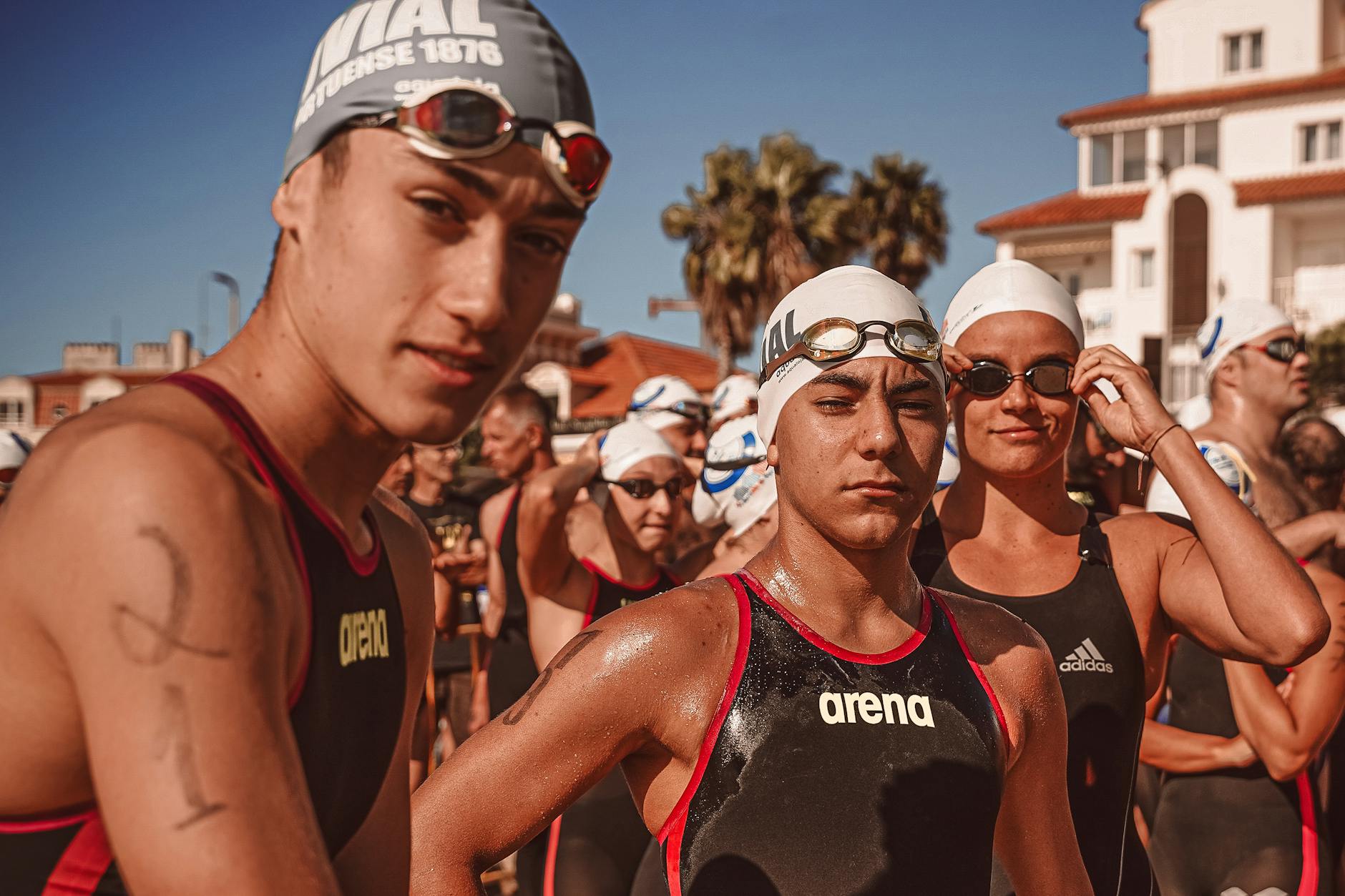Understanding Swimming Time Standards
Swimming time standards vary based on age group, gender, stroke, and distance. Each standard represents a benchmark that helps swimmers gauge their performance compared to others in their category.
For instance, an “A” time in the 50-yard freestyle differs across age groups and gender:
| Girls | Boys | |
| 10 & under | 32.09 seconds | 31.09 seconds |
| 11-12 | 29.29 seconds | 28.09 seconds |
What Do the Time Standards Mean?
Time standards indicate a swimmer’s ranking among their peers (age group and gender):
- AAAA – Top 2% of swimmers
- AAA – Top 6% of swimmers
- AA – Top 8% of swimmers
- A – Top 15% of swimmers
- BB – Top 35% of swimmers
- B – Top 55% of swimmers
- C – All times slower than the “B” standard
Here is a visual representation of the different time standards.
How Are Time Standards Determined?
Age group motivational standards are updated every four years. The current standards apply from 2024 to 2028. These times are based on the historical 16th fastest seed time of the Top 16 swimmers in each age group from the previous cycle. For more details on how these times are calculated, refer to this Swim Swam article.
Awards and Competitions
In non-championship meets, swimmers compete within their respective time standard divisions. For example:
- “C” swimmers compete against other “C” swimmers.
- “B” and “BB” swimmers compete together.
- “A,” “AA,” “AAA,” and “AAAA” swimmers compete in the same division.
While all swimmers race together in the same heat, their placements are determined within their respective time standard groups. This means an event with A, B, and C swimmers will have multiple winners for each placement—three 1st places, three 2nd places, and so on.
By understanding these time standards, swimmers can set realistic goals and track their progress effectively!






